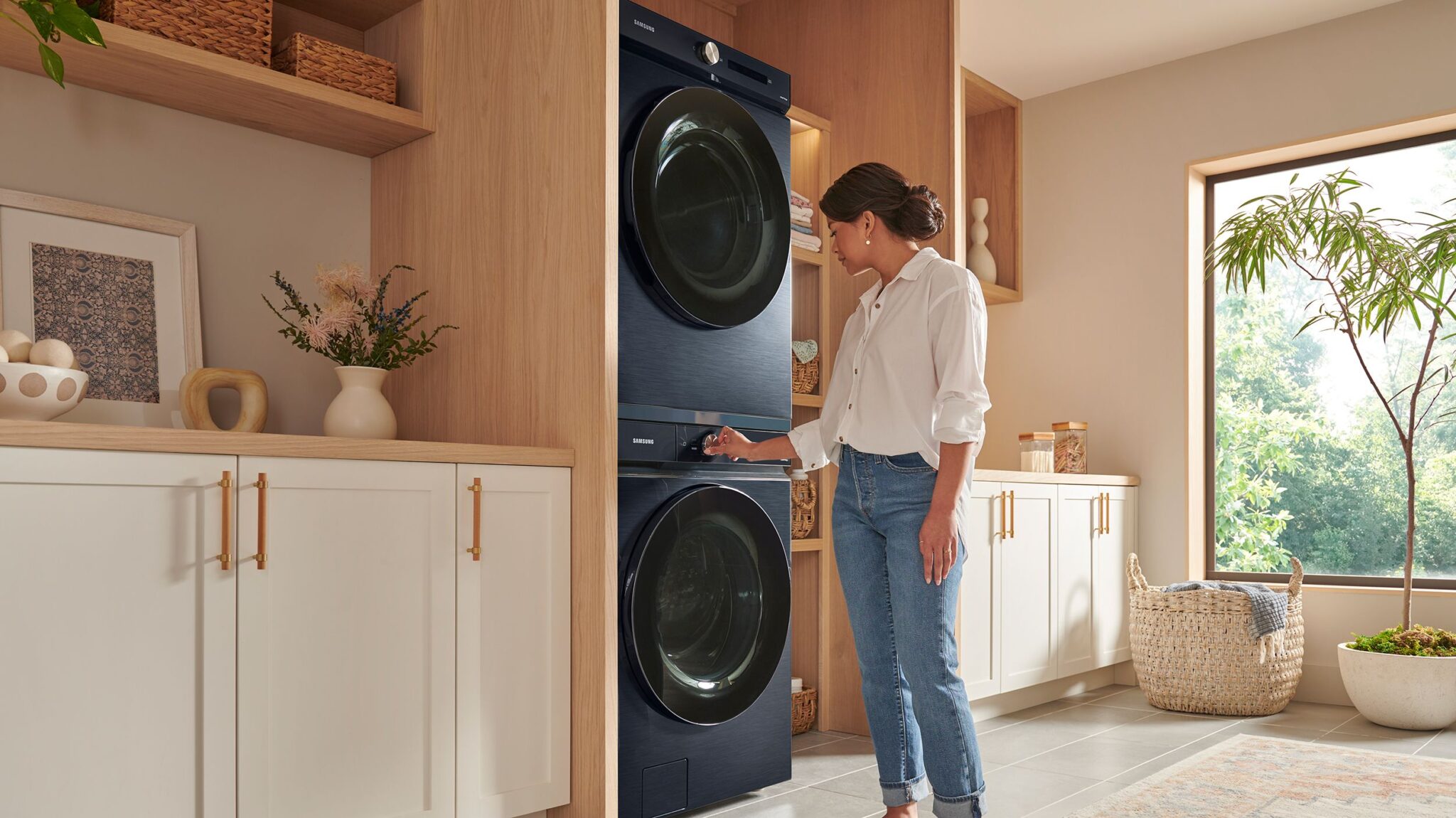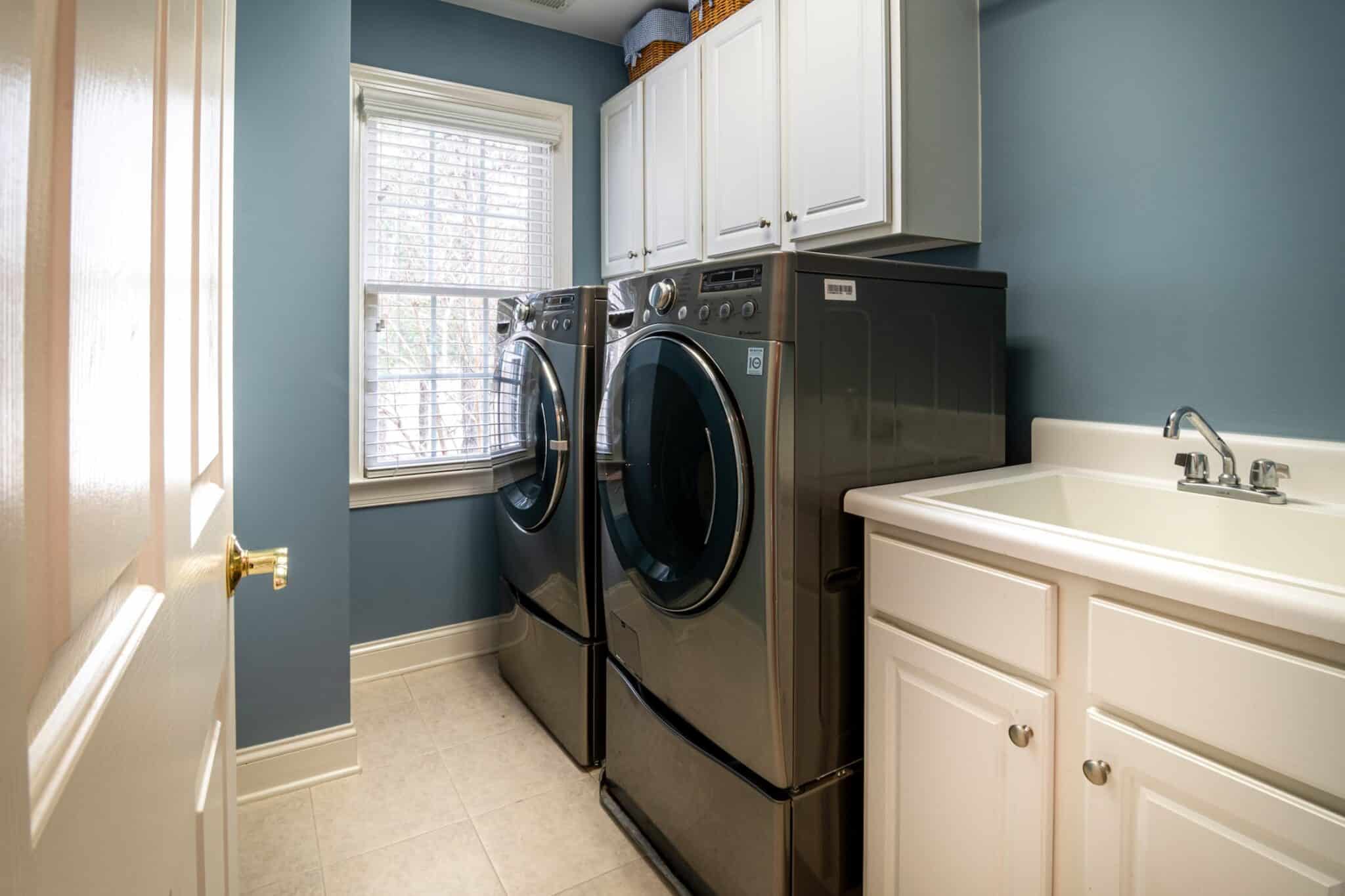Samsung is one of the most popular international home appliance brands currently in the market. They are generally known for manufacturing innovative and dependable products. However, like any other man-made device, Samsung dryers do experience problems. It is not uncommon to come across searches on the internet such as ‘Samsung dryer not heating.’ Below, we take a look at 2 of the most common Samsung dryers problems experienced with dryers from this brand and how you can approach them.
1. Dryer Is Not Heating
Is your Samsung dryer not getting hot? This is one of the most common complaints amongst users. In many instances the issue is a result of a defective heating element. It can also be caused by a defective thermistor, blockage of the ventilator or you may have blown your thermal fuse.
Heating element fault
A heating element can last for over 15 years with good maintenance. When the element burns out, it can cause heating issues. Heating elements can burn out as a result of wear and tear. They can also burn out as a result of pressure building up due to failing to keep the ventilation clear.
Checking the heating element:
Heating elements can be checked visually for damage and other faults such as grounding as follows:
- Unplug the appliance and turn off the gas if you have a gas appliance
- Locate the heating element. You can use the user manual for this.
- Check for damage such as broken coils
- If you have a multimeter, use it to test for continuity
Burnt fuse
Fuses are designed to burn out as a safety measure. They prevent the appliance from overheating and catching fire. Many modern appliances go off when the fuse burns out while older appliances may continue to run without heating.
Checking the thermal fuse:
You can check for a burnt out fuse as follows:
- Unplug the appliance
- Use the manual to locate the fuse
- Check the fuse for damage
- If you have a multimeter, use it to check for continuity
- Replace the old fuse with a new one.
Thermostat faults
Heating problems are often caused by faulty thermostats as well as defective thermistors (the temperature sensors).
Checking the thermistor and thermostat
You can check for defective thermostats or thermistors as follows:
- Use your user manual to locate the thermostat and thermistor
- Use a multimeter to test for continuity for both the thermostat and thermistor
- You will need to have these components replaced if they are defective.
Blocked the Ventilation
Ventilation blockage can result in the appliance struggling to build up heat. The appliance may turn off before completing a cycle. Check the lint screen for dirt and clean it. Check the ventilation hose for blockage. Clean out the hose at least once a year as part of your appliance’s maintenance.
2. Strange or Loud Noises from The Dryer
Another common problem is loud rattling, grinding or squeaking noises made by the appliance.
Bearing or drum roller damage
Loud squeaky or grinding noises often indicate that the dryer’s bearings or drum rollers are damaged. Examine the rollers to see if they are moving freely. Check for wear or damage to the axles or bearings. If these parts are damaged they should be replaced.
Worn belt
Loud thumping noises often indicate the wearing out of the belt. Check the belt for wear and tear. If it is worn, it should be replaced.
Idler pulley defects
Worn idler pulleys can result in loud squeaky noises that progress to scraping or thumping sounds. Check for signs of damage such as the failure of the spring mechanism or difficulty in turning off the pulley bearing. The faulty parts should be replaced.
We Can Help You – Fixing the Problem Once and For All
More modern appliances such as the Samsung multi steam moisture sensor dryer may have even more complex problems. Whether it is a simple issue such as a blocked vent or a more complex issue such as a Samsung moisture sensor dryer fault, you can trust our team to provide you with an effective solution. Contact us now to fix Samsung dryer in Issaquah. We will come to your location and get your appliance back up and running in the shortest time possible.








